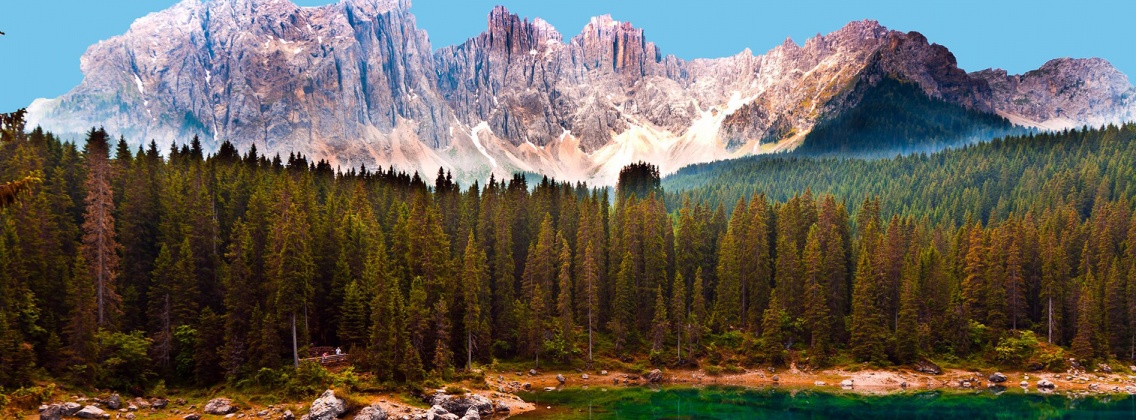
Trentino-Alto Adige
Visit Trentino-Alto Adige, nature, valleys and Dolomites
Territory of Trentino Alto Adige
Trentino Alto Adige is the northernmost Italian region of the country and is almost entirely mountainous except for the Adige Valley, considered hilly. The mountain ranges rise to altitudes of over 3900 m.
Here you are the borders of the regions: Veneto in on the East and South-East, Lombardy on the West and South-West, Austrian Länder of Tyrol and Salzburg on the North and North-east and the Swiss canton of Grisons on the North-West. The region lies between the central and eastern Alps, while the Lake Garda and the Venetian Pre-Alps are on the Southern border.
Useful information about Trentino Alto Adige
Trentino Alto Adige is a region in Northern Italy, with the capital Trento. Unlike most other regions, Trentino - Alto Adige is an autonomous region and includes the territory of the provinces of Trento and Bolzano (Article 1 of the special statute). On the territory of this region, therefore, there are three separate entities: the Autonomous Province of Trento, the Autonomous Province of Bolzano and the Autonomous Region Trentino - Alto Adige/Südtirol.
The two provinces and the region form a system of interconnected autonomous bodies, which is unique within the Italian regional system.
There are 282 municipalities in Trentino Alto Adige: many of them are enchanting villages that at Christmas time dress up in enchantment with the preparation of the classic Christmas Markets.
There are three official languages in the region: Italian, German and Ladin. Curiosity: Ladin is a Neo-Latin language that is spoken in Trentino, South Tyrol and Switzerland.
There are also two minorities who speak German as a result of immigration in the Middle Ages: the "Cimbri" and the "Mocheni", who came to Trentino in search of new land to cultivate or to work as "canopi", the ancient trade of the miner.
Discover the Italian Ambassador of Excellence in this region
Looking for tips for your next trip? Ask Monna Lisa.

Places and tours of Trentino-Alto Adige
Trentino Alto Adige offers magnificent itineraries suitable for everyone: both those who want a culturally interesting holiday and those who like to be in contact with nature. In fact, Trentino Alto Adige is suitable for all target groups: from families with children to couples, from young people to the elderly. Everyone will have their own holiday with an ad hoc itinerary.
A "must" is the capital Trento, a city rich in architecture and art, such as the Piazza del Duomo di San Virgilio, built in Romanesque style and the site of the formal seats of the Council of Trent. Bolzano, Merano and Rovereto are just some of the other cities to visit in this beautiful region.
Moreover, in Trentino-Alto Adige, nature is the protagonist. The natural beauties will leave you breathless: the Gardens of Trauttmansdorff Castle, the Puez-Odle Nature Park and the ski resorts of the Dolomites will make you experience unique emotions in an incredible and surprising landscape.
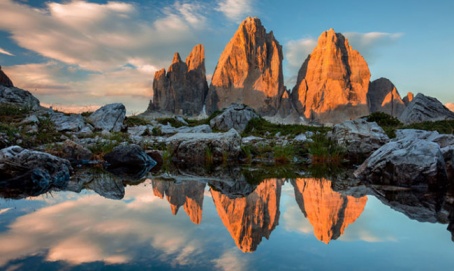
Food and flavours of Trentino-Alto Adige
The food and wine tradition of Trentino-Alto Adige is very much influenced by the neighbouring countries. In fact, many typical dishes such as canederli, strudel, sauerkraut, are the symbol of Austrian proximity. The typical product of the region is speck. No less important is the production of different types of wines.
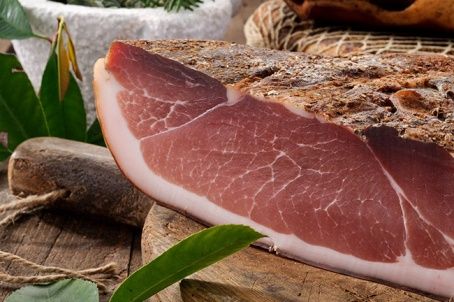
Tour and Experiences in Trentino-Alto Adige
Exhibitions, events and shows in Trentino-Alto Adige
Unesco Sites in Trentino-Alto Adige
Stories and traditions of Trentino-Alto Adige
Archaeological findings demonstrate the presence of man in the valleys of Trentino-Alto Adige after the end of the last Ice Age, around 12 000 BC: the Palmeri shelter is an evidence of this earlyolithic mountain site. In the Mesolithic era, on the other hand, there are certain settlements in the Adige valley, where only a few years ago the mummy Ötzi, who is said to be around 5300 years old, was found.
Besides the archaeological evidence, Trentino Alto Adige is a region rich in traditions and popular festivals. One example is the Krampus parade with St Nicholas, which is organised in many villages and towns on 5th of December: the Krampus is a demonic being who, according to Christian mythological tradition, was defeated by the saint and therefore forced to serve him forever. Then there are a series of traditional festivals and fairs linked to typical products such as the "Sagra del Salmerino" and the "Festa della Mela".
One of the most important in the region, which comes to life in mid-June, is the Sacred Heart of Jesus Fire, which dates back to 1796.
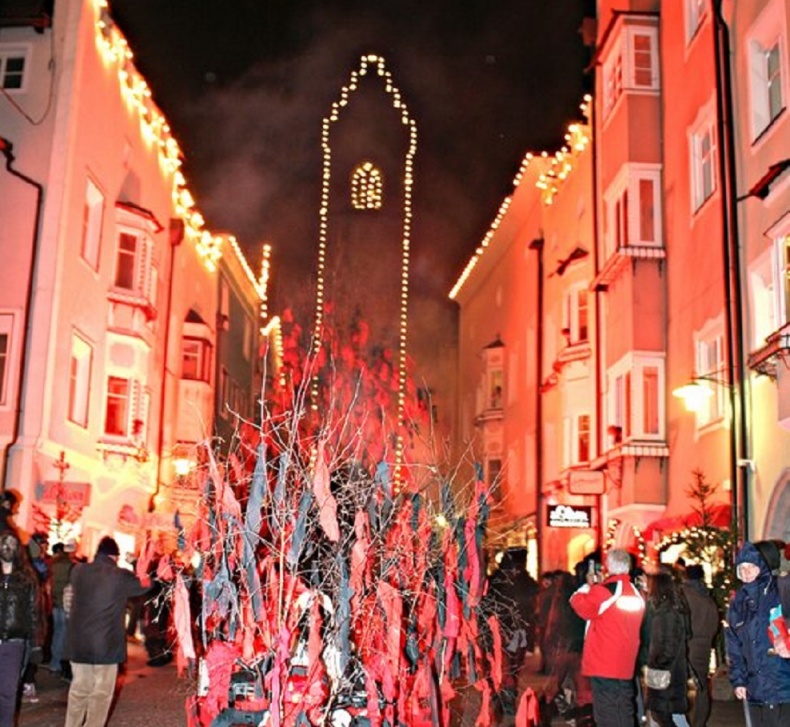
Trentino-Alto Adige Region
Trentino-Alto Adige is a region in northeastern Italy, known for its natural beauty, culture, and unique traditions. The region comprises two autonomous provinces, Trentino and South Tyrol, and offers a wide range of attractions for tourists, mainly related to mountains and winter.
Bordering Austria, Lombardy, Veneto, and Switzerland, it has as its regional capital the city of Trento, of Roman or even Gallic origin, which is the main city of Trentino while the city of Bolzano is the principal city of South Tyrol. To sum up, Trentino-Alto Adige is a unique and fascinating region that with its scenic beauty, glacial lakes, panoramas, unique culture, typical cuisine, and much more makes it an ideal destination for a holiday in Italy outside the usual pattern.
As we have already stated, Trentino-Alto Adige is famous for its unspoiled nature. Indeed, the region is home to mountains and valleys that offer a wide range of opportunities for nature lovers, such as hiking, trekking, cycling, and winter and summer sports. It is also home to the famous UNESCO World Heritage Dolomites, shared with Friuli Venezia Giulia and Veneto, which are one of the region's most popular attractions; with their breathtaking views, they offer tourists unique places and truly extraordinary activities.
There is also an extraordinary national park in the region, the Stelvio (Stilfserjoch) National Park, which was created at the beginning of 1935 and now extends partly into Lombardy. In addition to this, the region also has ten provincial parks, including the Gruppo di Tessa Nature Park, the Sciliar Nature Park and the Paneveggio-Pale Nature Park.
Returning to the Stelvio Nature Park, we are talking about a protected area established in 1935, and today it is one of the oldest national parks in Italy. It is known for its breathtaking natural beauty and its wide range of flora and fauna. It is an exceptionally important place for hiking and is of incredible value to all lovers of adventure and the outdoors. Visitors can explore hiking trails and mountain walks, go rafting and canyoning, and go cycling on the famous Stelvio (Stilfserjoch) road. In general, this National Park is a unique and fascinating destination that attracts more and more visitors from all over the world every year.
But Trentino-Alto Adige is not only nature, it is also known for its unique culture and traditions. Did you know that this region is one of the few in Italy where two different cultures and languages, Italian and German, coexist? This unique fusion of cultures and traditions creates a special experience for visitors. For example, many traditional festivities are celebrated throughout the region, such as the Festa di San Giovanni in summer and the Carnevale di Fiemme in winter.
Turning instead to the history of Trentino Alto Adige, we can say that it is very ancient and complex, with a combination of cultural, linguistic, and political influences from different neighboring countries. During the Roman period, the region was known as the 'Adige Valley' and was later ruled by several powerful medieval families. In the 19th century, Trentino South Tyrol became part of Austria-Hungary and remained under Austrian control until the end of the First World War, when it was annexed to the Kingdom of Italy. After the Second World War, the region became one of the autonomous regions of Italy.
Last but not least: the region's typical dishes and cuisine. In fact, Trentino-Alto Adige offers a wide range of culinary specialities, from homemade pasta to specialities based on local cheeses and cured meats, from strudel to Tyrolean gnocchetti and the very famous Canaderli; don't you know them? They are balls of stale bread, eggs and spices typical of Italian Alpine cuisine. These tasty morsels are usually served as a first course and are highly appreciated for their very soft texture and their versatility in terms of seasonings. They are usually cooked in meat or vegetable broth, but can also be served in sauce or melted butter.
The original recipe uses stale bread, eggs, grated cheese, spices and parsley. However, many chefs and cooks have experimented with the dish using different ingredients: cold cuts, vegetables, potatoes, and whatever else is needed to create unique and tasty variations.
In addition, the region is also famous for its quality wines, such as Lagrein or Moscato di Tramin. The latter is a type of sweet white wine known for its fruity notes of apple, peach and apricot and its floral and spicy aroma. It is mainly produced from 'Moscato Bianco' grapes grown in the Tramin area and surrounding areas. The Moscato Bianco vine is an ancient variety that dates back thousands of years and has been cultivated here in the region for centuries. Are these not also reasons to come on holiday here?


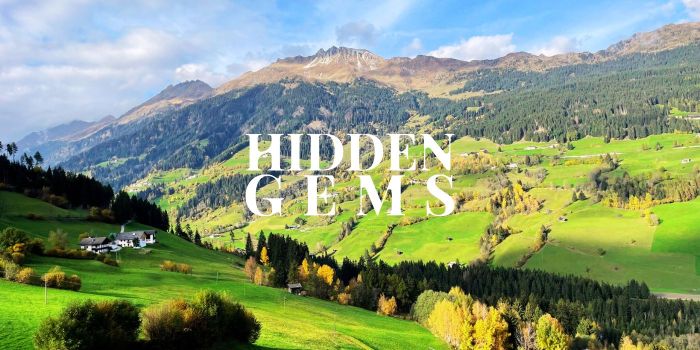
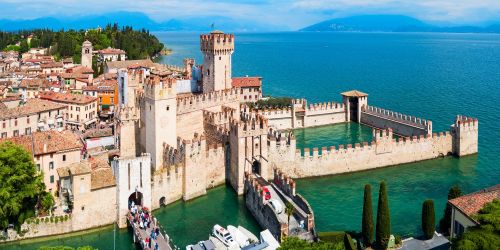
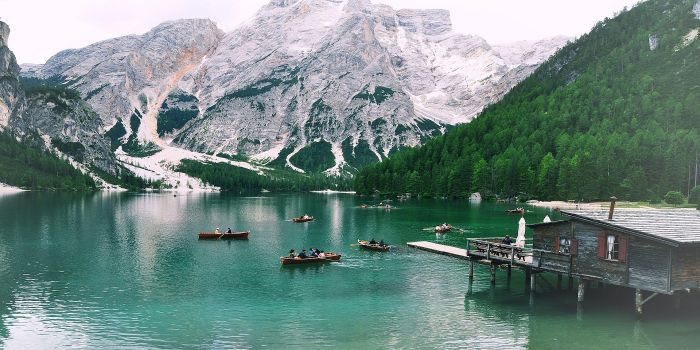
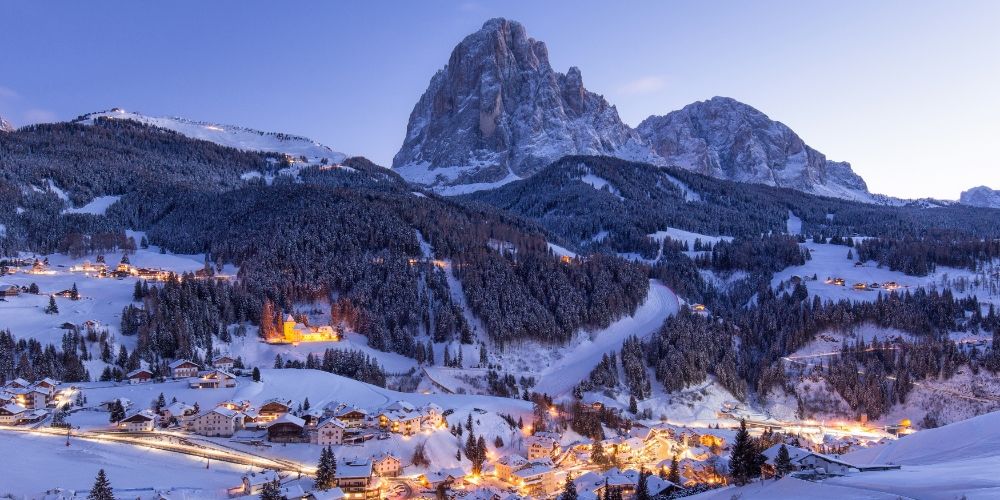
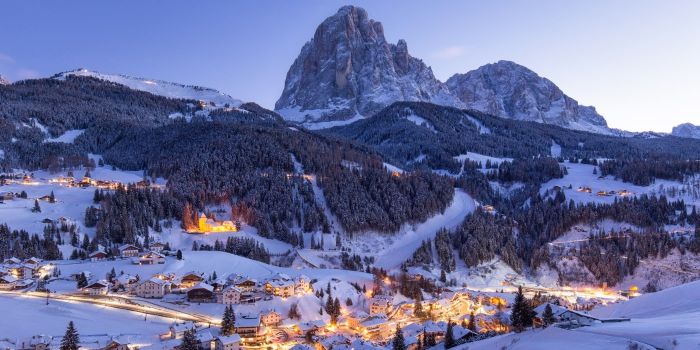
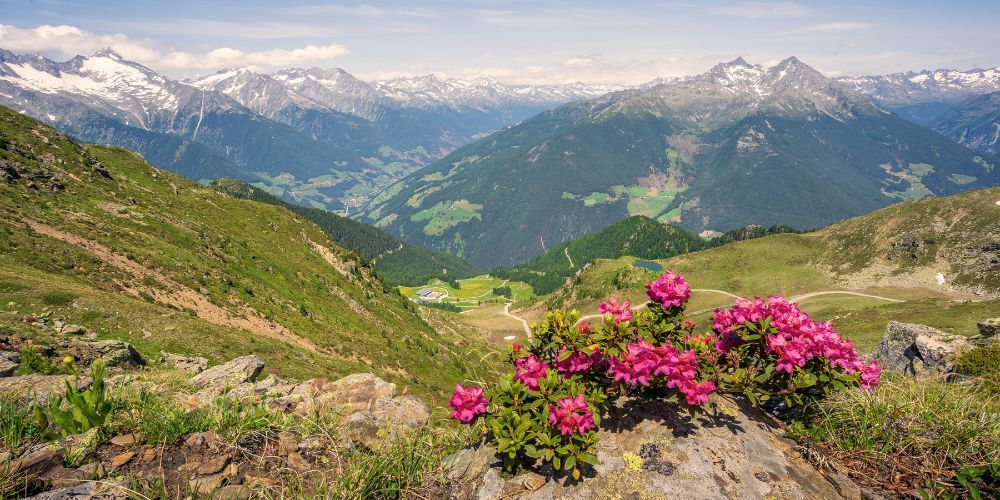
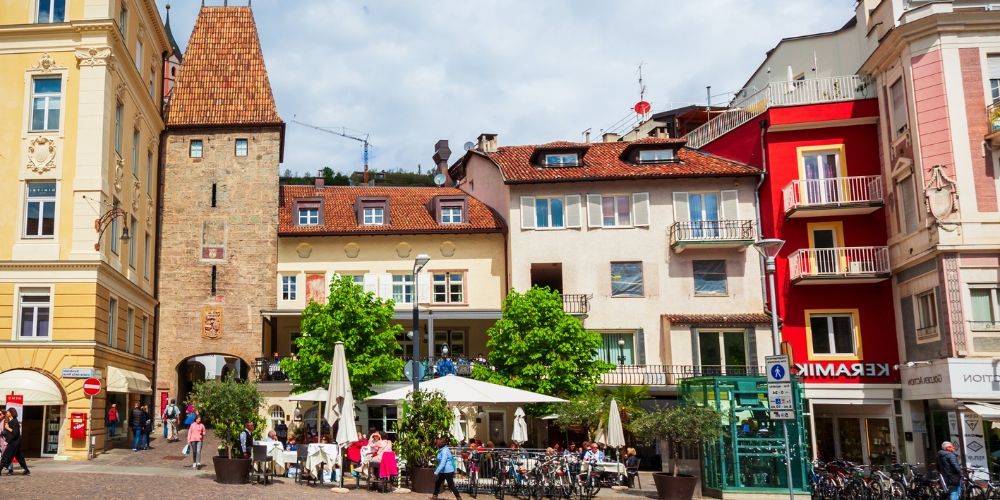
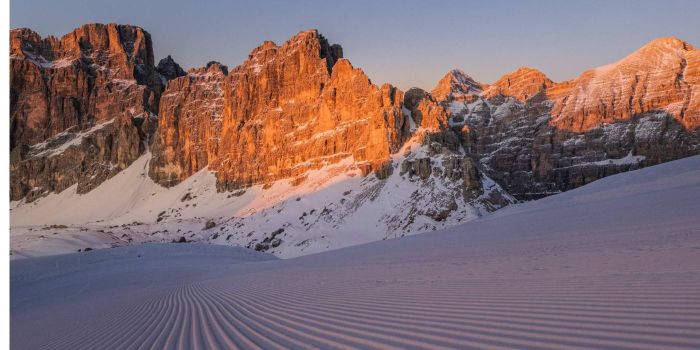
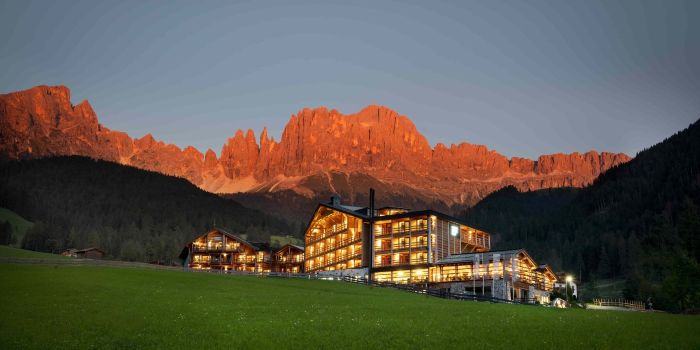
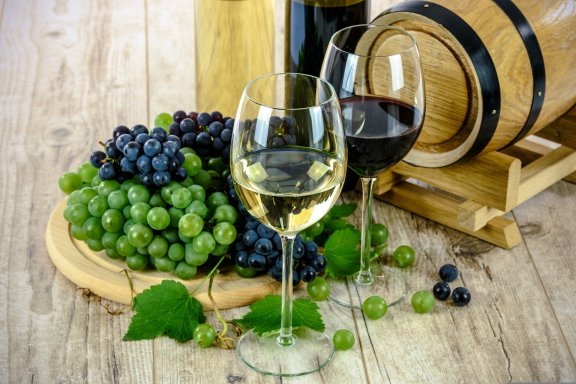

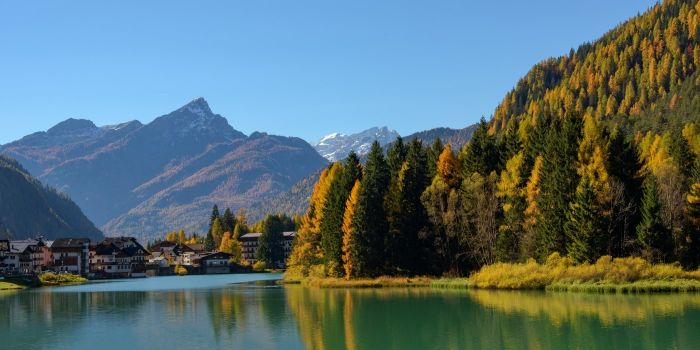

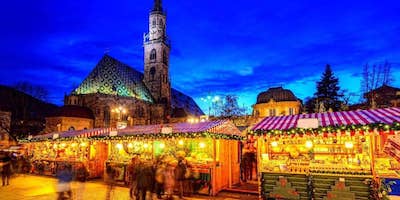
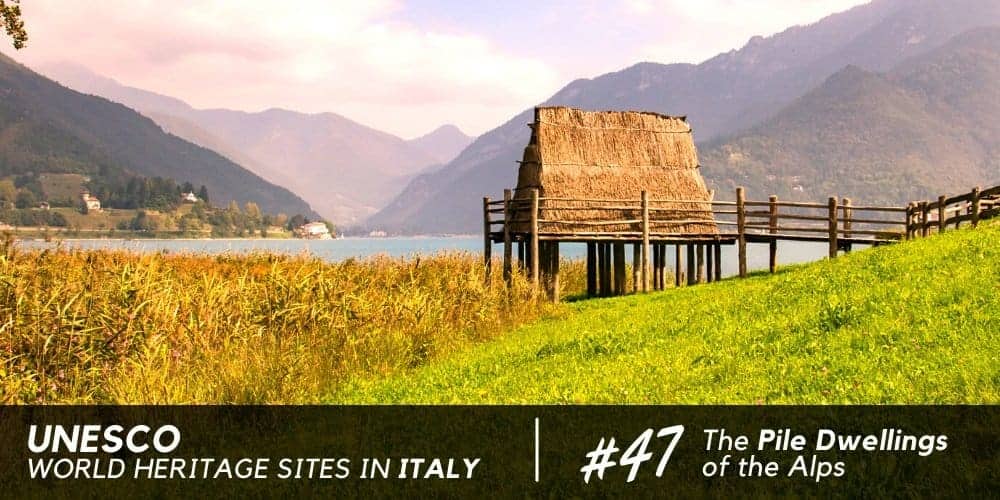
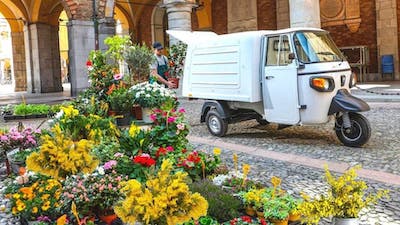
Ciao! I'm Monna Lisa, your digital travel designer. I'm here to help you plan your perfect trip to Italy.